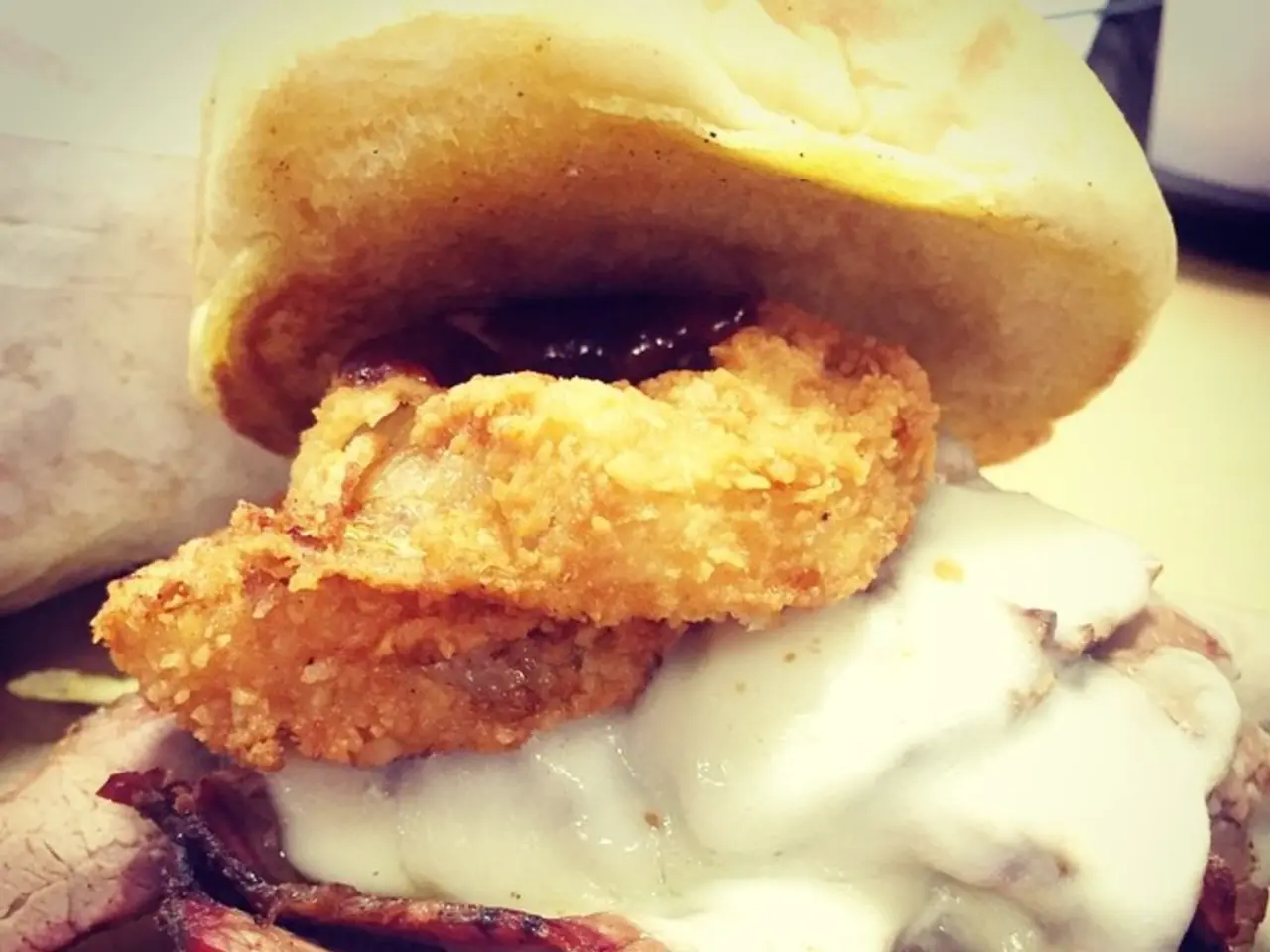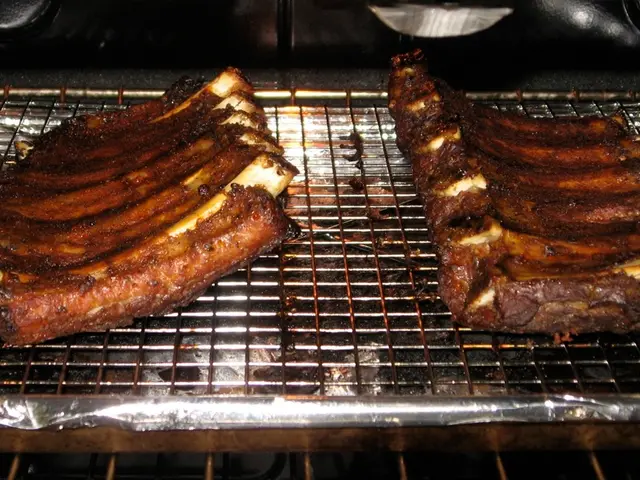The Magic in Every Baking Essential: Unveiling Their Secret Powers
========================================================
Baking might seem like a complex art, but understanding a few key principles can make it accessible for everyone. Here are some essential facts to help you on your baking journey.
Sugar tenderizes baked goods by bonding with water molecules and drawing moisture away from proteins and starches. This process helps create a soft and moist texture in your baked goods.
Baking powder is a leavening agent that contains sodium bicarbonate and an acid. When activated with moisture and heat, it produces carbon dioxide bubbles, helping your baked goods rise. On the other hand, baking soda makes CO2 bubbles to help projects rise, but it needs an acid to activate.
Flour, specifically all-purpose flour and whole-wheat flour, have a higher protein content (10 to 12 percent and 13 to 14 percent respectively) compared to cake flour and pastry flour (5 to 8 percent and 8 to 9 percent respectively). This difference in protein content affects the texture and structure of your baked goods.
Oil contributes tenderness and moisture to baked goods, but it should not be used interchangeably with shortening. Oil works well in cakes that are light and airy, but not so well in cookies, which rely on structure from creaming butter. Shortening, on the other hand, provides rise, moisture, and richness in baked goods, contributing to their structure, texture, and taste.
Buttermilk, which is sour milk, yields a lighter, more tender crumb and adds a touch of tang to the flavor. Milk, with its protein, fat, and sugar content, creates a strong batter, providing structure, moisture, and sweetness.
Sugar helps batters rise by creating tiny air bubbles when mixed with butter at high speed. Egg whites, primarily made up of protein and water, provide rise and structure in baked goods by trapping air bubbles and reconfiguring protein molecules to produce a foamy texture. Egg yolks are emulsifiers that bind fats and water-based liquids in baking.
In bread making, salt slows and stabilizes the fermentation process by absorbing moisture from the yeast. It also balances the flavor of sweet baked goods and counteracts bitter flavors, enhancing sweetness.
Baking powder is often used in recipes that don't contain acidic ingredients, while baking soda is used when there are acidic ingredients present. Coconut oil is a common shortening.
Brown sugar creates a softer, more moist product and turns baked goods a darker color compared to white sugar. When mixing or kneading flour and water, the more gluten strands formed, the denser the baked product will be. Shortening shortens gluten protein strands by coating them and restricting bonding.
When whipping egg whites, they trap air bubbles and reconfigure protein molecules to produce a foamy texture. This process is crucial in creating light and airy baked goods.
By understanding these principles, you can bake with confidence, whether you're making a simple loaf of bread or a complex layer cake. Happy baking!
Read also:
- Cheese consumption leads to fatalities for two individuals.
- AI's looming shadow on Mexican small-scale enterprises: how purpose-driven communities can offer salvation
- Aloe Vera Revival in Cosmetics: Exploring Its Properties and Popularity
- Taylor's Concept of Motivation: Functioning, Key Principles, and Controversy








